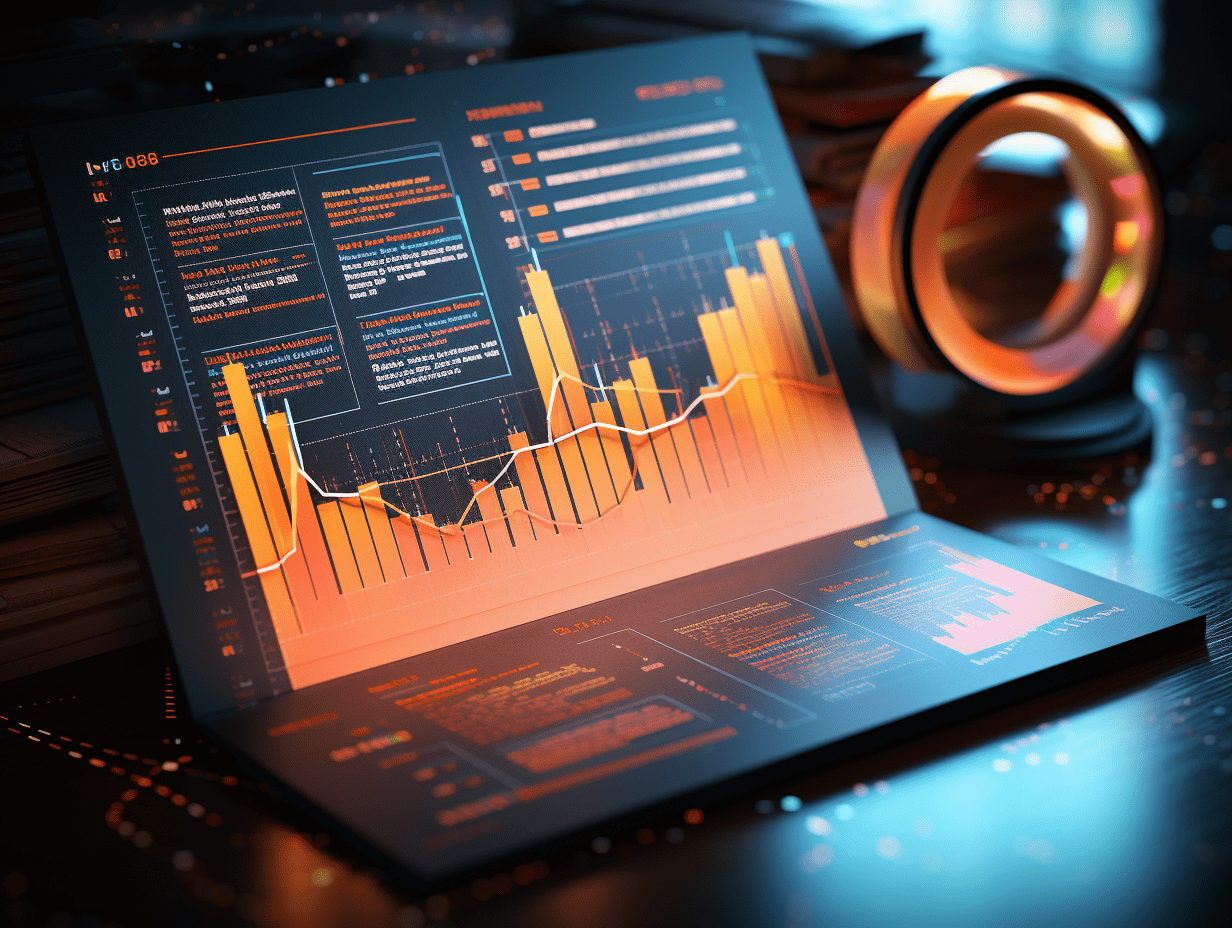Tianfeng: Subsidies for new purchases of products such as smartphones may boost the demand for semiconductors.
In the context of AI enhancing the user experience of new products, it is expected that subsidies for purchasing new devices will accelerate consumer upgrades, with a focus on the increasing demand for chips related to smartphones, tablets, and smartwatches/fitness trackers.
Tianfeng released a research report stating that subsidies for purchasing new products such as smartphones may drive semiconductor demand. It is expected that more regions in China will include smartphones and other products in the subsidy scope. Against the background of AI enhancing the user experience of new products, it is expected that subsidies for purchasing new products will accelerate consumer upgrades. AI terminals that are prioritized by consumers are likely to become a new hot application for semiconductors, so it is recommended to pay attention to the increasing demand for chips related to smartphones, tablets, and smartwatches. There is an urgent demand for domestically controllable semiconductors, and investment opportunities in the field of local semiconductor equipment, materials, EDA, and IP are promising.
Tianfeng's main points are as follows:
Last week (12/30-01/03) the semiconductor market lagged behind major indices
Last week, the ChiNext index fell by 8.57%, the Shanghai Composite Index fell by 5.55%, the Shenzhen Composite Index fell by 7.16%, the SME index fell by 6.79%, the Wind Full A Index fell by 7.00%, and the Shanghai Securities Semiconductor Industry Index fell by 10.78%. All subsectors of the semiconductor industry saw declines, with the semiconductor manufacturing sector experiencing the smallest decline and the IC design sector experiencing the largest decline. Among the subsectors, the packaging and testing sector fell by 12.0% last week, the semiconductor materials sector fell by 8.5%, the discrete components sector fell by 9.8%, the IC design sector fell by 12.4%, the semiconductor equipment sector fell by 9.9%, the semiconductor manufacturing sector fell by 7.2%, and other sectors fell by 10.5%.
Benefiting from the release of new flagship smartphones, the "Double 11" shopping festival, and other factors, it is expected that industry terminal sales will continue to grow on a month-on-month basis. It is important to increase sensitivity to innovative demand, as AI terminals that are favored by consumers are likely to become popular applications. In the long term, blue-chip semiconductor stocks are currently at relatively low valuations, and companies that continuously optimize operations and iterations are expected to gain better market share and profitability in the next cycle peak. In terms of innovation, artificial intelligence, satellite communication, and augmented reality (AR) are expected to be major industry trends, and individual stocks in the industry chain are likely to continue to reflect thematic opportunities as technological innovation progresses.
Subsidies for purchasing new products such as smartphones may drive semiconductor demand
On January 3, the National Development and Reform Commission stated that individual consumers buying digital products such as smartphones, tablets, smartwatches, and smart bracelets will be given subsidies. Based on the list of projects worth approximately 100 billion yuan released early this year, another batch of project lists will be released soon to facilitate the prompt formation of physical workloads.
Since November, Jiangsu, Guizhou, and other regions have successively initiated smartphone subsidies following the guidance of the NDRC. It is expected that more regions across China will include smartphones and other products in the subsidy scope. Against the background of AI enhancing the user experience of new products, it is expected that subsidies for purchasing new products will accelerate consumer upgrades. It is recommended to pay attention to the increasing demand for chips related to smartphones, tablets, and smartwatches.
CES convenes, smart glasses manufacturers compete to participate in the "Tech Spring Festival," AIPC continues technology iterations, paying attention to new product releases
CES 2025 was held in Las Vegas, USA from January 7 to 10. In addition to tech giants such as NVIDIA, AMD, Samsung, Intel, Amazon, and Sony, well-known brands in the XR field such as LeiBird Innovation, INAIR, XiaoPai Technology, Big Peng VR, THUNDEROBOT, Rokid, Vuzix, Dream Live, Li Weike, XREAL, Billion Boundaries VR, Thunder Software Technology will showcase their latest achievements at CES 2025.
The maturity of AI applications will be an important factor in accelerating the penetration rate of smart glasses. The exhibition is expected to increase attention to the entire industrial chain of smart glasses ecology, accelerate application development, and ecosystem construction. Major players in the AIPC sector are expected to launch new products following AMD, and according to techradar's prediction, AMD is expected to launch new products including RDNA4 graphics cards, more Ryzen9000 processors (including new 3DV-Cache products), and a large number of APUs. These APUs are expected to drive the development of thin and light gaming laptops and handheld gaming devices.
Continuing to focus on domestically controllable semiconductors
On January 2, 2025, the restrictions on investment in the Chinese technology sector (artificial intelligence, computer chips, quantum computing) imposed by the US Department of the Treasury officially took effect. On January 3, the US Department of Commerce announced that 11 Chinese entities, including the Changchun Institute of Optics, Fine Mechanics and Physics, Yagoo Electronics, and Chengdu RML Technology, were added to the entity list. With the urgent demand for domestically controllable semiconductors, the combined effect of external (international political instability) and internal factors (policy guidance, expansion of major factories) leads to promising investment opportunities in the field of local semiconductor equipment, materials, EDA, and IP.
Recommendations include focusing on EDA/IP and design services, semiconductor design, semiconductor materials equipment components, IDM outsourcing and testing, and satellite industry-related targets.
Risk warning: Unpredictable risks brought about by geopolitical changes, demand recovery falling short of expectations, technology iteration falling short of expectations, and changes in industrial policies.
Related Articles

Ten Thousand Securities: High Dividend Style Still Has Cyclical Opportunities Banking Sector Still Has Allocation Value

Ningbo Construction (601789.SH) subsidiary consortium won the bid for a construction project worth 747 million yuan.

Guangdong Zhengye Technology (300410.SZ) signed a 120 million yuan X-ray equipment contract.
Ten Thousand Securities: High Dividend Style Still Has Cyclical Opportunities Banking Sector Still Has Allocation Value

Ningbo Construction (601789.SH) subsidiary consortium won the bid for a construction project worth 747 million yuan.

Guangdong Zhengye Technology (300410.SZ) signed a 120 million yuan X-ray equipment contract.

RECOMMEND

Super Central Bank Week Arrives! Japan Leads With A Rate Hike As Developed Economies End The Rate‑Cut Cycle, Will The Fed Cut Alone Next Year?
16/12/2025

What Guidance Does The Economic Work Conference Offer For Cross‑Year Market Direction?
16/12/2025

Trade Surplus Tops One Trillion USD: New Challenges For China’s Foreign Trade | Instant Commentary
16/12/2025


